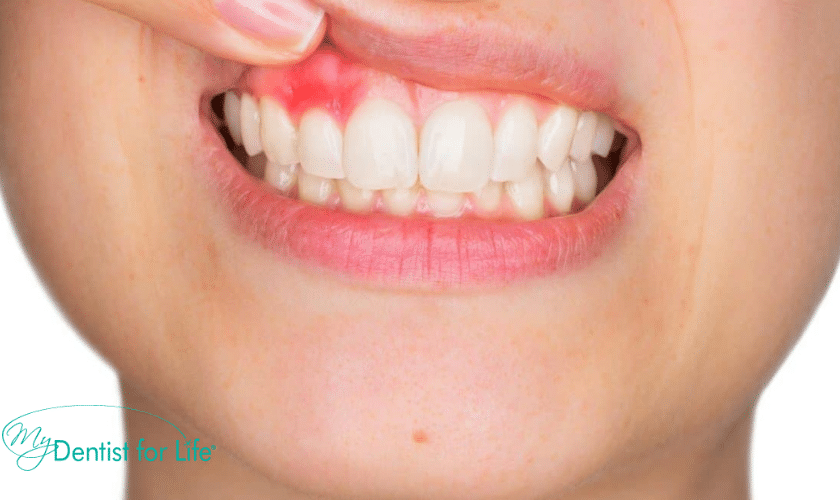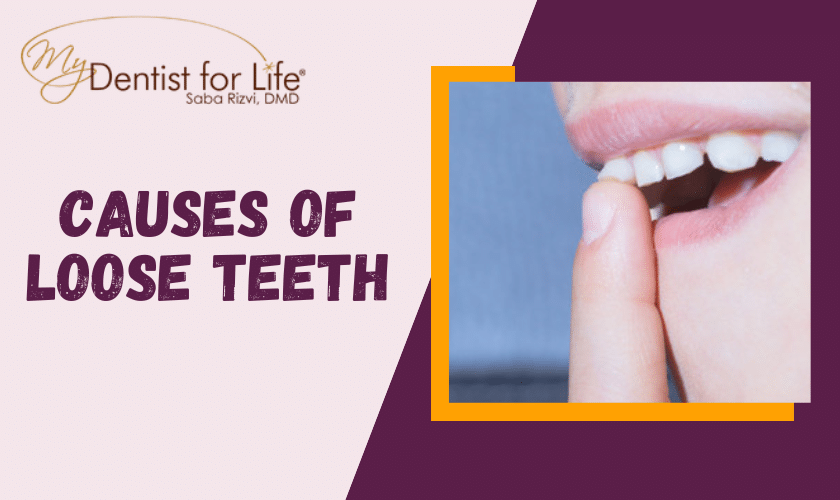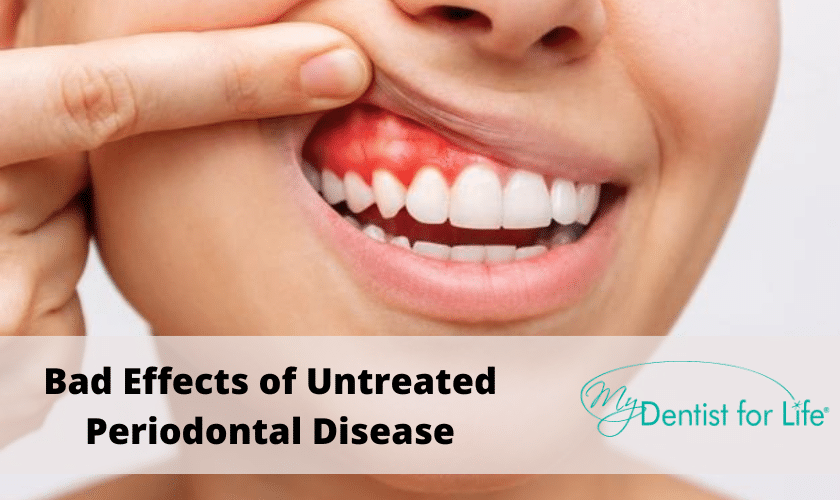ONLINE SCHEDULING AND VIRTUAL CONSULTS AVAILABLE

Know The Common Signs Of Periodontitis

Gum disease, also known as periodontitis, is a dangerous gum infection that harms soft tissues in your mouth and, if left untreated, can kill the bone that supports your teeth. Periodontitis can also be the cause of tooth loss or tooth loosening.
Not maintaining a proper dental hygiene routine can be the primary reason for periodontitis. Your chances of successfully treating periodontitis and lowering the risk of developing it can both be considerably increased by brushing and flossing at least twice a day. Also, scheduling timely dental checkups at a dental office is a must.
What Are The Common Symptoms Of Periodontitis?
Gums that are in good health are firm, pale pink, and fit tightly around the teeth. Some of the common signs of periodontitis are:
- Inflammation in the gums
- Dusky red, bright red, or purplish gums
- Tenderness in the gums
- Bleeding from the gums
- Suffering from the problem of bad breath
- Formation of pus between the teeth and gums
- Loose teeth
- Feeling pain while chewing
- Formation of wide spaces in between the teeth
- Gum recession
When Should You Consult The Dentist?
Follow your dentist’s recommended schedule for routine checkups. Book a quick appointment with your dentist if you notice any periodontitis symptoms. Despite being very common, periodontitis is usually avoidable. You have a better chance of reversing periodontitis damage if you seek treatment as soon as possible.
What Are The Causes Of Periodontitis?
Periodontitis typically develops from plaque, a sticky film primarily made of bacteria that forms over teeth. Here is how plaque can eventually develop into periodontitis if untreated:
- When sugars and starches in the food interact with bacteria present in your mouth, plaque is created on your teeth. The plaque can be removed by brushing your teeth twice a day and flossing at least once a day. But, you need to know that plaque builds again very quickly.
- If plaque is left on your teeth, it can develop into tartar (calculus) under your gum line. Tartar contains a lot of germs and is more difficult to remove. Plaque and tartar can do more harm to your teeth the longer they are allowed to accumulate. You need to know that tartar cannot be removed by brushing and flossing; a professional tooth cleaning is required.
- Plaque can also be the reason for the mildest type of gum disease, gingivitis. Gum disease, often known as gingivitis, is an irritation and inflammation of the gum tissue that surrounds the tooth\’s root (gingiva). It can be cured with medical assistance and appropriate oral hygiene practices at home.
- Persistent inflammation in the gum can cause periodontitis, often leading to the formation of pockets in between your gums and teeth. These pockets deepen with time, accumulating more bacteria. If left untreated, these severe infections lead to bone and tissue loss, which could contribute to the eventual loss of one or more teeth. Additionally, the ongoing chronic inflammation might affect your immune system.
We hope that you now have a clear idea about gum disease. Book an appointment with My Dentist For Life if you are looking for the best quality periodontal treatment in Plantation, FL. We are fortunate to have the best Plantation dentist who is always ready to help you in the best possible manner.




